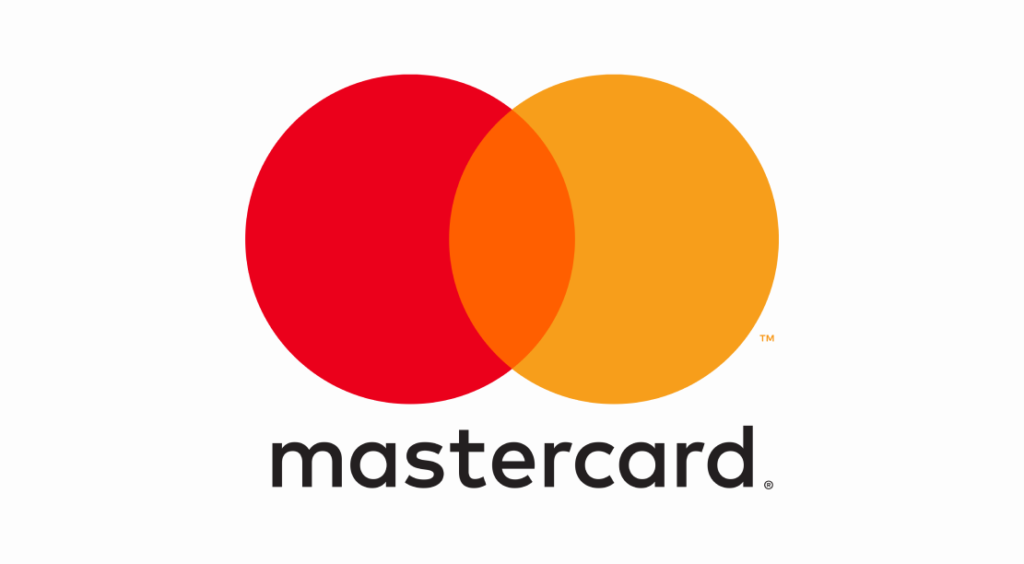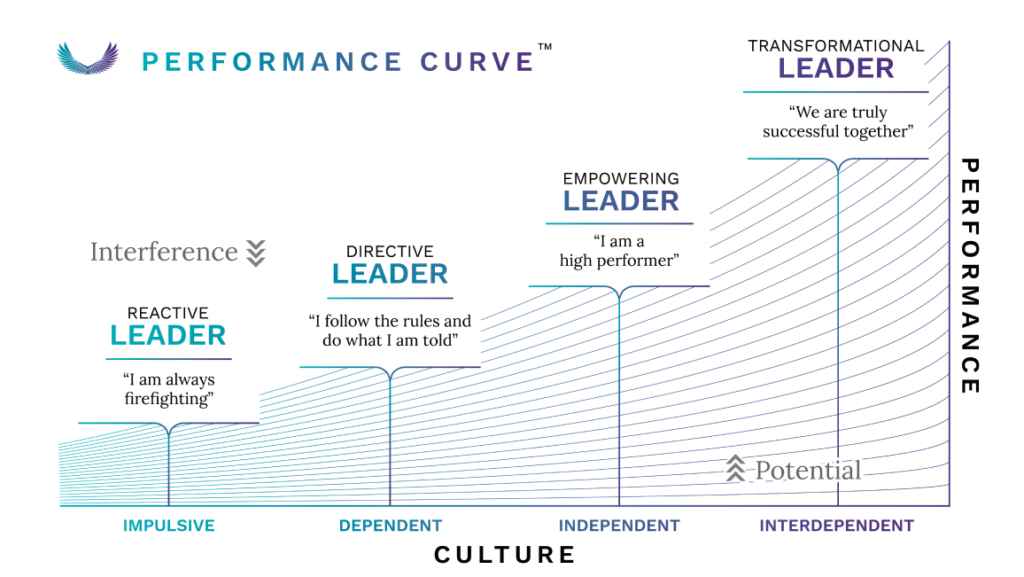Employee Engagement & Retention
Discover valuable insights into the current world of employee, engagement and retention.

77% of the World’s workforce are not engaged, and then in the UK it rises to 90%!”
– Performance Consultants’ co-CEO Tiffany Gaskell, BBC Radio 4 interview
Don’t quit on engagement
Late into 2023 our co-CEO Tiffany Gaskell sat down with Kate Mason on BBC Radio 4, discussing the very topic of engagement, she cited;
“77% of the World’s workforce are not engaged, and then in the UK it rises to 90%!”
Sourced from Gallup’s latest Workplace Survey, these figures are somewhat startling.
What’s even more startling for leaders, CLOs, and HR-heroes alike, however, is the fact that engagement levels have a direct correlation with ‘quiet quitters’ (59% of whom are admittedly “not-engaged”). While active ‘disengagement’ aligns with the (management team’s favorite), ‘loud quitters’ at 18%.
‘Engagement’ per se is an essential, yet elusive topic when it comes to the health of your culture; and engagement churn is a pain point that organizations worldwide struggle with. We’re here to showcase how optimizing your engagement levels could be the definitive ROI-positive opportunity for your business this year.
There’s an opportunity for organizations to become the platform through which people fulfil their potential.”
The global engagement opportunity
Startling statistics aside, engagement itself plays a pivotal role in the sourcing and retention of high-flyers and cultivating the coveted ‘Interdependence’ stage in organizational development.
A 21% increase in profitability, a 17% boost in productivity, and a 41% reduction in absenteeism are the eye opening 2023 statistics that Gallup reports are resultant of an engaged workspace.
The journey towards fulfilling the “Global Engagement Opportunity” within your very own organization stems from cultivating a workforce that feels as if their potential is being addressed and fulfilled.
Why engage your people
in profitability
in productivity
in absenteeism
Teamwork; beyond splitting the bill
Mastercard tasked us to deliver a global program to galvanize their worldwide employee engagement.

The mission
Financial services conglomerate, Mastercard, asked Performance Consultants to design and deliver a global-scale program to ignite a step-change in employee engagement, create a feedback-forward culture, and optimize performance.

The process
We developed a bespoke program to bolster the Mastercard remit of “competing to win”, allowing their leadership to fully incorporate engagement-oriented skills and behaviors into their management style.

The outcome
Post-program Employee Engagement Surveys were indicative of an exponential leap in across-the-board engagement. Furthermore, after completion of the program; Mastercard was externally recognized as one of the best companies to work for by Forbes.
Potential drives engagement
“Potential” seems intangible in today’s data-driven workforce – and that’s where our Performance Curve™ comes into play.

All organizations are in one of four stages, predominantly, of culture.”
– Performance Consultants’ co-CEO Tiffany Gaskell, BBC Radio 4 interview
From firefighting to interdependance
During Tiffany’s aforementioned sit down with Kate, she illustrates the journey along the Performance Curve; from the day-to-day firefighting and burnout-inducing ‘Impulsive’ phase all the way to potential-driven interdependence.
The “Interdependent” stage of a business is when projects are imbued with cross-department collaboration, teams self-govern, and purpose prevails.
All of our organizations sit somewhere on the gradient, Performance Consultants’ mission is to ensure businesses worldwide continue to move up the graph – and on an optimistic note wherever you are, the only way is up.
The Performance Curve™ journey
Showcased below is the engagement-driven organizational development journey along the Performance Curve™
How do I engage my employees?
Claire de Carteret, Managing Director of Gallup states “Engagement is a contact sport”. The most effective way to engage your team is by investing in leadership development and a culture where meaningful inter-team and cross-department conversations and collaboration are championed.Strategies towards an engaged workspace
It’s at the core of our ethos and mission at Performance Consultants to journey alongside the leaders of the world and bring them towards an engaged workforce. Fundamentally speaking, high-performance, positive culture and most importantly, unlocked potential, all stem from engaged employees.
Here are three strategic actions your organization can take this year towards cultivating an engaged workspace –
Invest in leadership development
Transformational Leadership = Engaged Workspace.
We could leave it at that, but it’s our mission to take you there.
Performance Consultants have decades of experience working intimately alongside leaders within all industries to help them cultivate an engaged workspace.
Our ‘Transformational Leader’ program curates our decades of culture-shaping expertise into an exciting pathway to unlock the engagement-oriented leader in you.
Flashing back to the aforementioned 21% increase in profitability via engagement, our program alumni have experienced on average an 800% increase in ROI.
Cultivate a coaching-based culture
A coaching-based culture is one where the prevailing mindset and behaviours of the organization are, literally, coach-like.
When you leverage this culture, hierarchy gives way to partnership and collaboration; and responsibility cultivates engagement as opposed to stress or “crunch”.
However, that cultural step-change doesn’t have to take forever.
GROW Digital™ is our dynamic digital learning experience (centered around our proprietary GROW model) curated to bolster engagement organization-wide.
Assess engagement
As a leader in a world of endlessly cascading workplace analytics, CRMs, and reporting, it’s impossible to get a crystal clear, actionable overview of your leadership impact.
And as we’ve covered, positive impact is the perfect catalyst towards an engaged culture.
But how do you measure and assess your impact as a leader?
With consideration for leadership-impact, our team has developed the self-paced Impact 360 assessment and toolkit where your leadership style and influence are audited; providing you with actionable insights that open the opportunity to reimagine and reshape your leadership style to drive engagement.
We take you there
Showcased below is a selection of solutions that helped industry leading organizations ignite engagement within their workspace







